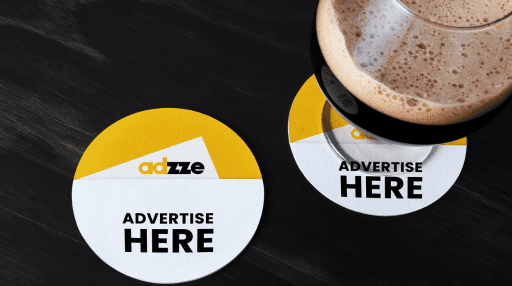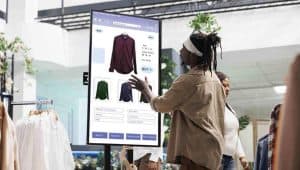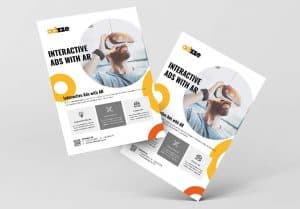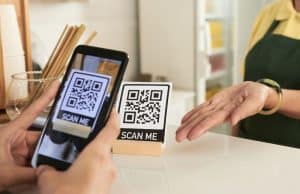Coasters for Bars: A Tactile Shortcut to Brand Memory
In an age where digital ads are skipped, scrolled, or blocked, bar coaster ads offer something unique—something you can touch. When placed directly into a consumer’s hand at a time of relaxation, coasters for bars become more than just drink holders. They become branding tools that tap into powerful cognitive pathways.
This blog explores the neuroscience behind how coasters for bars enhance brand recall, and why this often-overlooked medium delivers such strong marketing results.
Are you curious to see if this works for you? See our Bar Coaster Advertising solutions!
Coasters for Bars: Why the Brain Loves Tactile Advertising
Touch is one of the most primal senses—and one of the most memorable. Neuroscientific research shows that tactile experiences are more likely to engage the hippocampus, the brain’s memory center, compared to passive visual ads.
When consumers pick up a coaster in a relaxed setting—like a bar or lounge—their attention is more open and their emotional defenses are lower. A well-designed ad in bar coaster format turns into an object of subconscious engagement.
Bar Coaster Ads and Episodic Memory Formation
Episodic memory refers to memories formed from specific events. When a person recalls the drink they had, who they were with, or even a funny toast they shared—it often includes the objects in their environment. Coasters for bars, when branded, are literally part of the memory package.
A clever bar coaster ad placed at a golf club lounge, for example, might become associated with the feeling of leisure, success, or camaraderie. That association becomes part of the brand’s mental real estate.
Coasters for Bars vs. Digital Distractions
Unlike pop-up banners and pre-roll videos, bar coaster ads don’t interrupt. They integrate. Here’s how they compare to traditional and digital formats:
Format | Attention Span | Engagement Type | Recall Rate |
Digital Banners | 1–3 seconds | Passive / Skipped | Low |
Social Media Ads | 5–7 seconds | Scroll-based | Low to moderate |
TV Commercials | 15–30 seconds | Forced / Passive | Moderate |
Bar Coaster Ad | 10–30 minutes | Voluntary / Tactile | High |






